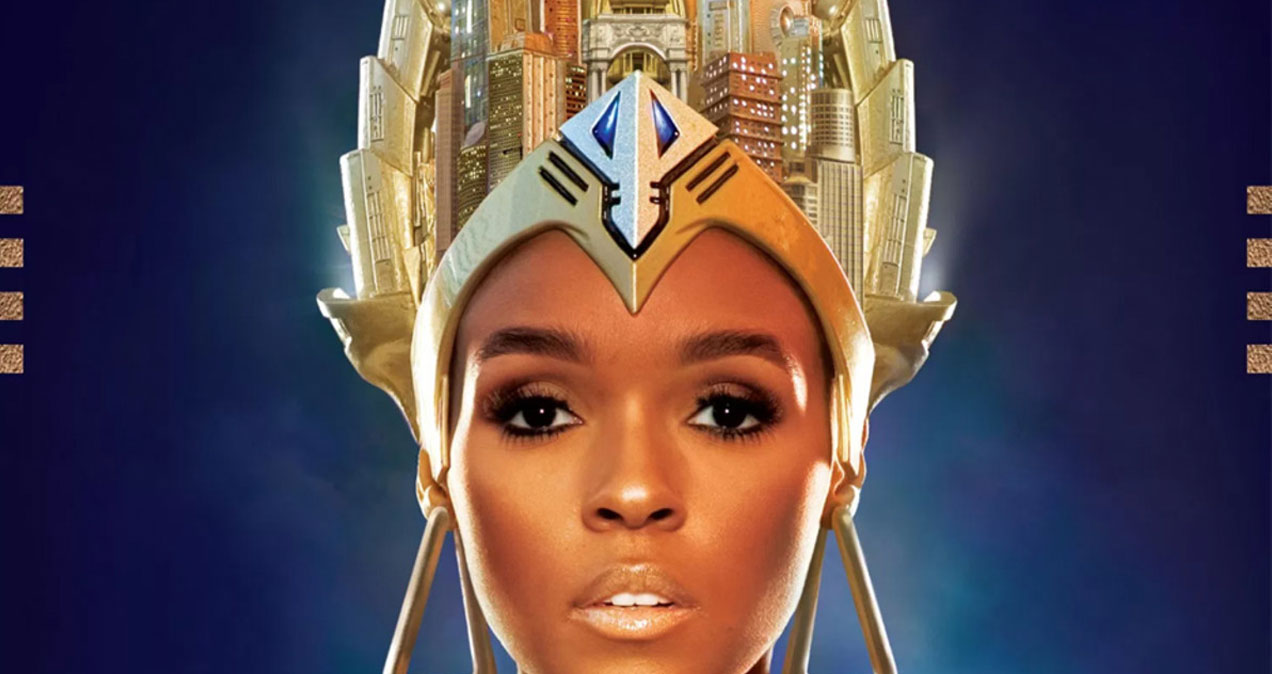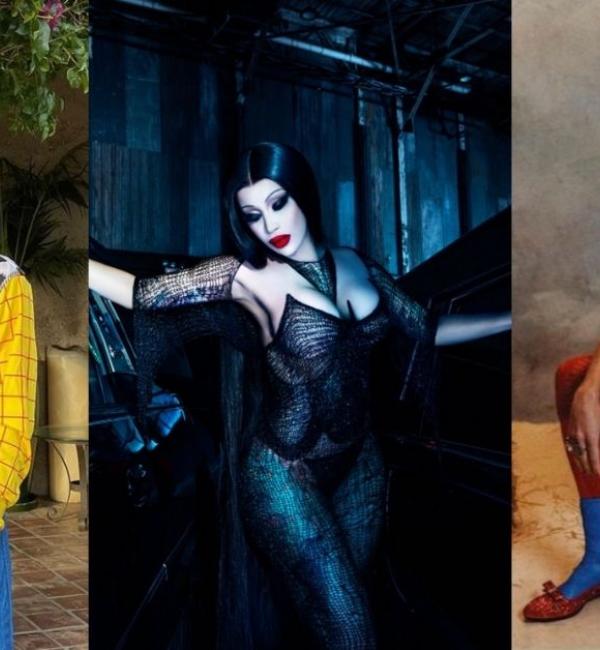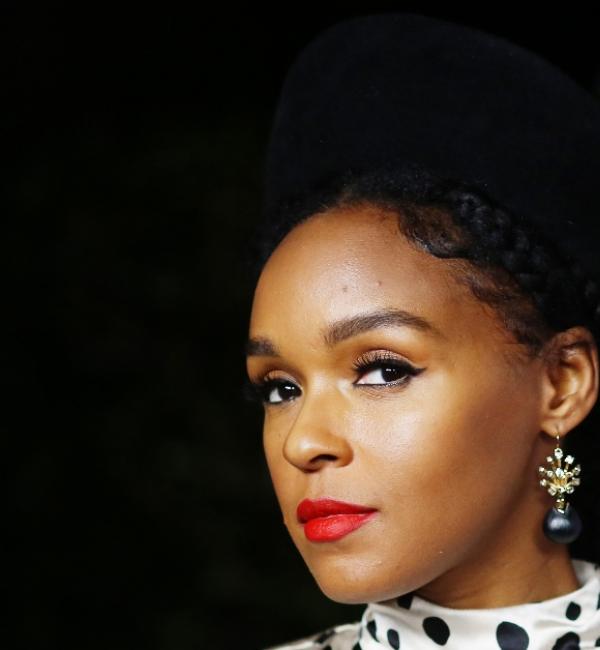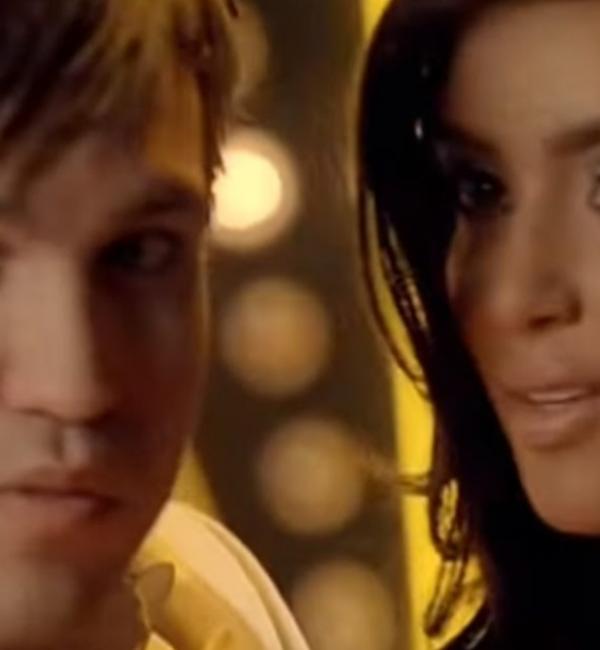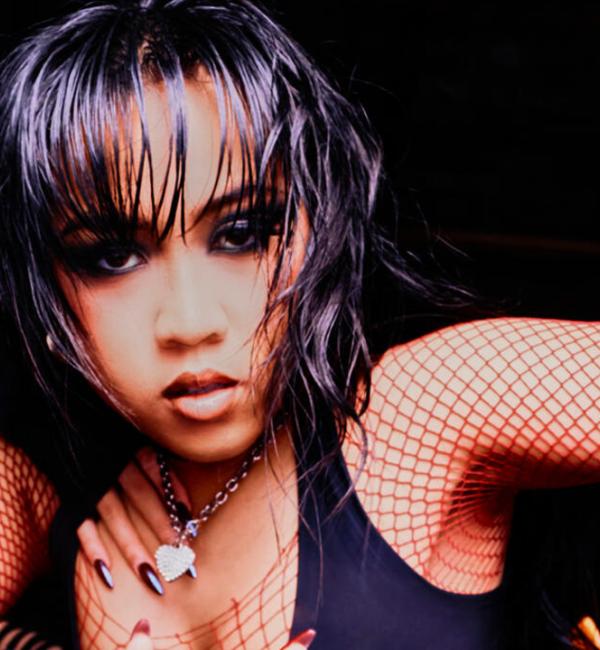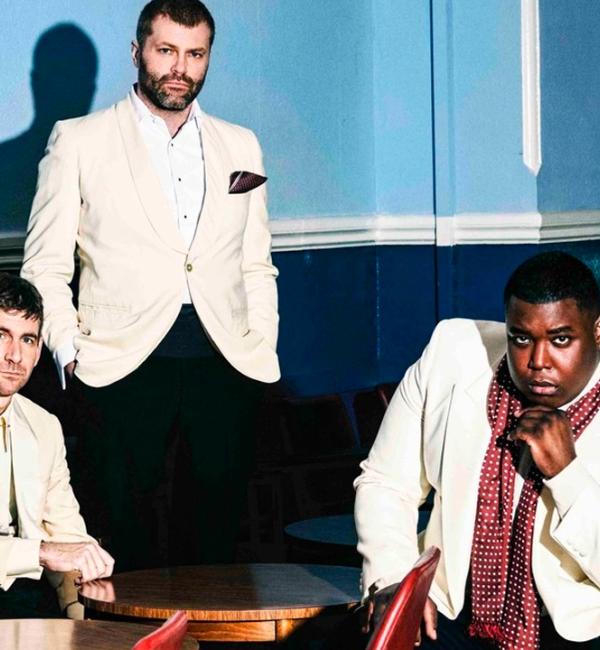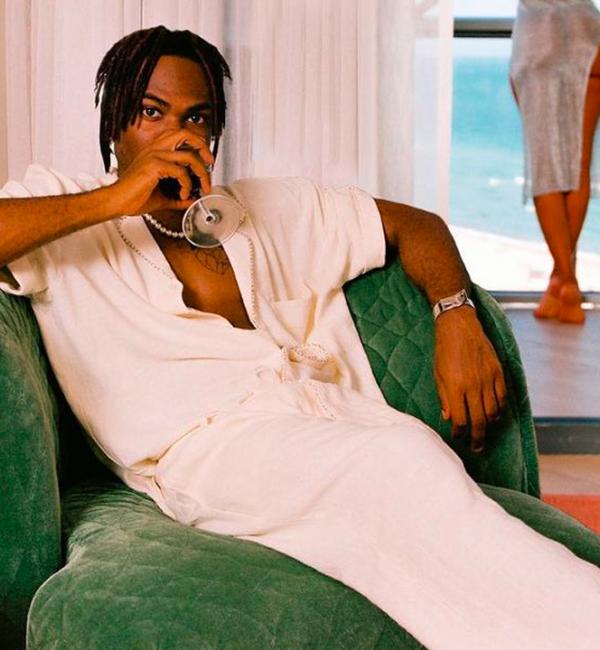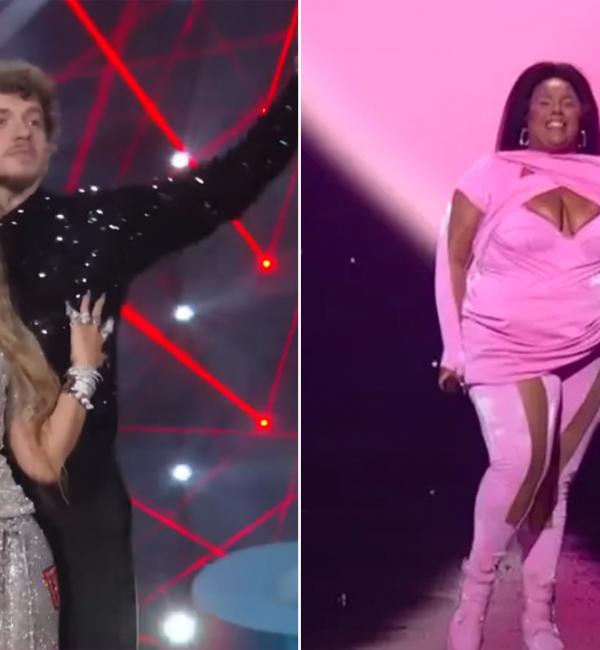
It’s hard to imagine a time when Janelle Monáe was a newcomer. She’s been an accomplished, poignant and practiced performer for the entire decade, sharing her powers with both the speakers and the screen. For most, The ArchAndroid - her 2010 debut record - was the first official introduction and it’s turned 10 this week. To celebrate, we took a dive back into it to see how it holds up today.
The Character Development Is Key
Despite being her debut album, The ArchAndroid was actually Part 2 and 3 of a four-part series titled Metropolis. The story follows protagonist Cindi Mayweather, an android who is facing oppression because it has fallen in love with a human. The humans are the oppressors and so The ArchaAndroid becomes a twisted love story that puts Mayweather’s justice-fighting ways on a rightful pedestal.
Mainstream music has a troubled relationship with the concept album. Even The ArchAndroid wasn’t without its stumbles. Monáe intended for it to be delivered alongside many visuals and a book which never eventuated. Returning to it though, you get the sense that it never needed the visual depiction. Those themes of liberating and forbidden love come across strong in Monáe’s expert sequencing and poignant lyricism. From Dance Or Die to BaBopBye Ya we get an ever-evolving vision of Mayweather’s growth. There’s a lot to unpack on this album and yet Mayweather’s reason to be is always clear.
Monáe Has Become Mayweather
"I created her, so I got to make her be whatever I wanted her to be. I didn't have to talk about the Janelle Monáe who was in therapy," she told Rolling Stone in 2018. By doing so, she was able to make an album that was empowering even when Monáe herself did not have the conviction to do so.
On 2018’s Dirty Computer, Monáe retired Mayweather from her work, embracing herself as the protagonist. What’s interesting is that this character who she once created because she could not be it herself is exactly who she’s become. Monáe has become one of the most potent voices in the arts, extending herself across both music and the screen.
The Album Represents Minorities
By situating this album in a fictional world, Monáe is able to stand up for all minorities rather than just those that pertain to her. This album is for anyone who feels like they’ve been oppressed or affected by societal inequality. “The ArchAndroid is a mythical figure who went around for centuries, similar to the archangel, or a Neo from The Matrix,” Monáe told The Guardian when the album was released. “[It] represents the minority, whether it's a black person, an immigrant, or coming from another country."
In one of the album’s rawest moments Cold War, Monáe sings, “If you want to be free / The underground is the only place to be.” Interestingly, Monáe has had a patchy relationship with the mainstream. Her music has never been awarded its just commercial success and instead, she’s become a queer icon, with her music offering liberation to many in their communities.
Throughout Cold War she asks, “Do you know what you’re fighting for?” It’s only become clearer throughout her career that she’s fighting for freedom of all forms.
More Pertinent Now Than Ever
When Monáe released The ArchAndroid, Barack Obama was in his first year of his presidency. That’s not to say that all issues of inequality had been squashed but it’s a far cry from the USA’s situation now. Just yesterday, Monáe called Trump and his administration “evil” and she’s been a vocal protestor throughout his entire term.
The ArchAndroid could’ve been released yesterday and it would’ve been just as pertinent. On pacing soul track Faster, Monáe sings:
“When I look into the future I see danger in its eyes / Hearts of hatred rule the land while love is left aside.” If that’s the future she envisioned then the future is now.
Death Of Genre
2010 was a time when cohesion was still the highest compliment for an album. In R&B and pop, those who skipped genres were criticised for not having an aligned vision. Monáe threw caution to the wind on this and decided she’d try everything. In one corner, there’s the shuffling neo-soul of Dance Or Die while in another, there’s an alternative Of Montreal collaboration. In between, she skips through contemporary R&B, Prince-tinged funk and straight-up pop.
It’s more reminiscent of our current musical climate made up of those birthed in the iPod souffle generation. We’re used to an artist embracing an array of genres. The reason this worked in 2010 is that her conceptual vision was so clear. She was able to skip through all types of style because it gave the story dimension.
The Original Emotion Picture
"We like to think of The ArchAndroid as an 'emotion picture' for the mind," Monáe told NPR in 2010. 8 years later, she delivered a visual Emotion Picture with the accompanying film for Dirty Computer. Even though it was light on visual accompaniments, there will always be a cinematic element to The ArchAndroid. From the sweeping orchestrals of its overtures to the rock ‘n’ roll theatrics of Come Alive (War Of The Roses), the record projects a vivid visual on the mind.
Optimism Is Key
Cindi Mayweather is clearly the underdog on the album but her optimistic attitude always shines through. While she understands the world that she’s living in and calls it out for its shortfalls, she always takes the high road when finding solutions. On Dance Or Die, she sings, “You can pull the trigger or you can build you an ark,” as she depicts war in the streets.
Meanwhile, dance is used as an energiser, like an infectious form of protest. "Light, breathe, live, help, give, focus, trance, wake up, dance,” she commands on the aforementioned song and then proceeds to provide a soundtrack for said dancing. There’s Tightrope with its infectious funk, Wondaland with its dreamy euphoria and Made The Bus with its kooky groove. Last year, I saw Monáe perform Come Alive live. It’s a song that loudly celebrates differences with lyrics that are as defiant as the beat. It was a joyous, relentless moment that also acted as a protest of sorts. If she can be louder than those who spread hate, she’ll reign supreme. As she sings, “Take me six feet under, but while your roses died, I came alive.”
Bangers Galore
There’s a lot to unpack when speaking about The ArchAndroid. It’s an album that’s as rich with depth as it is long. If you’re a casual listener, however, one thing will stand out. This record brought the bangers. Monáe was, and still is, a fierce proponent of dance as therapy and it comes out on multiple occasions here.
Tightrope is one of the greatest songs of the last millennium, bringing a tempo to the masses that just wasn’t being heard on the radio. Tipping her hat to Outkast’s jangly, Atlanta-rooted brand of soul, she recruited Big Boi for a relentlessly energetic moment. She keeps that same energy on songs like Faster where you can visualise her black and white shiny shoes skimming across the stage with precision. These aren’t Max Martin-penned bangers, they are unique to Monáe, inspired more by Little Richard and Prince than Gaga or Beyonce.
